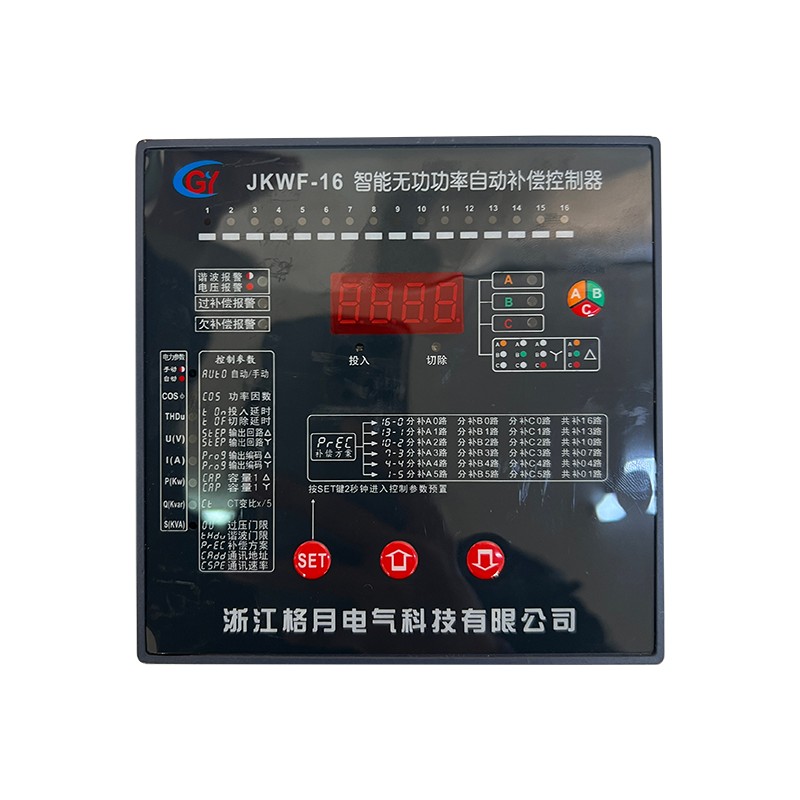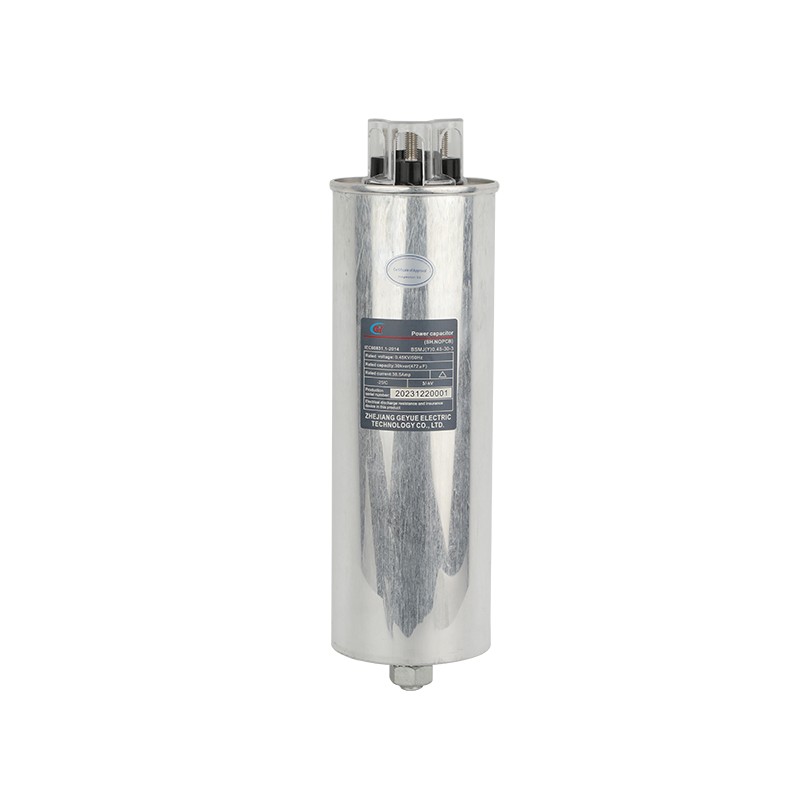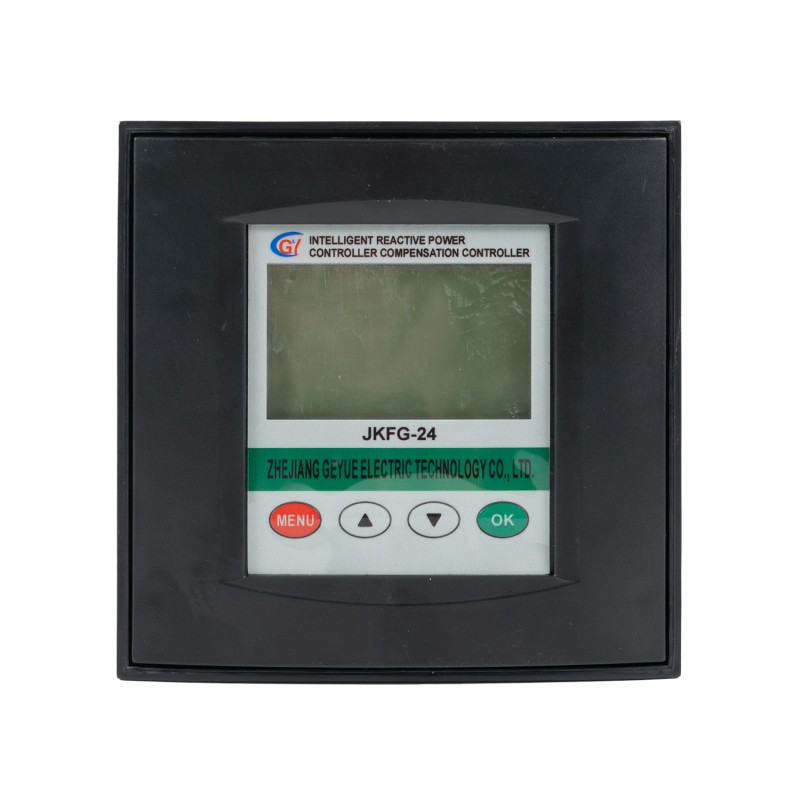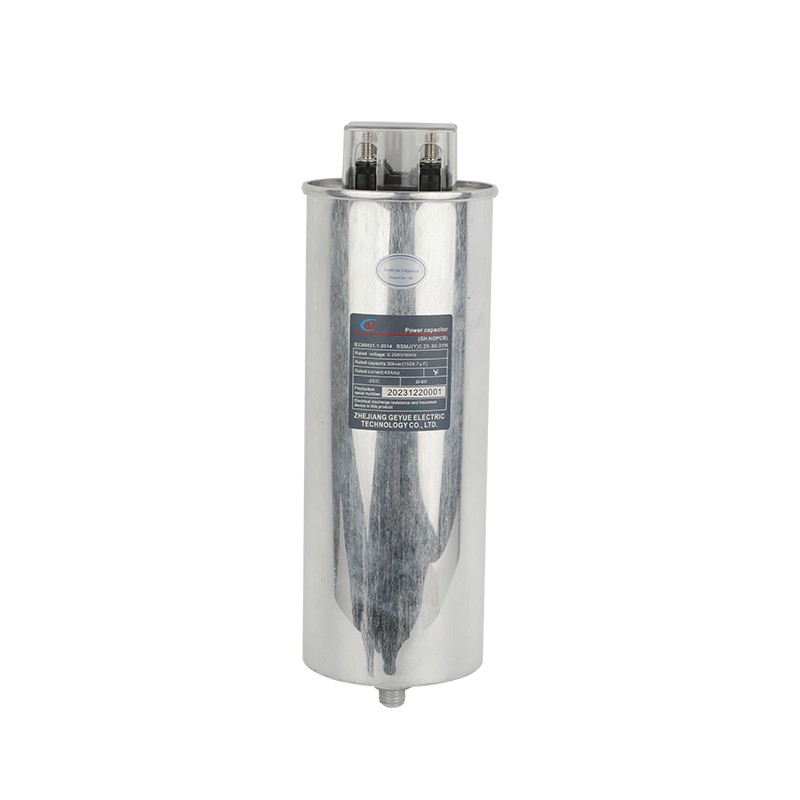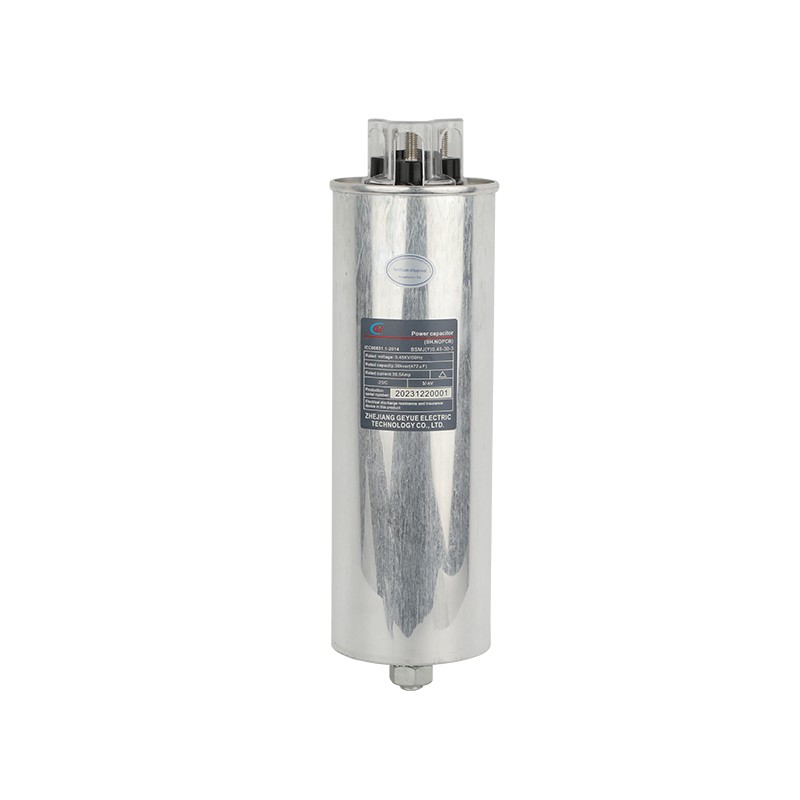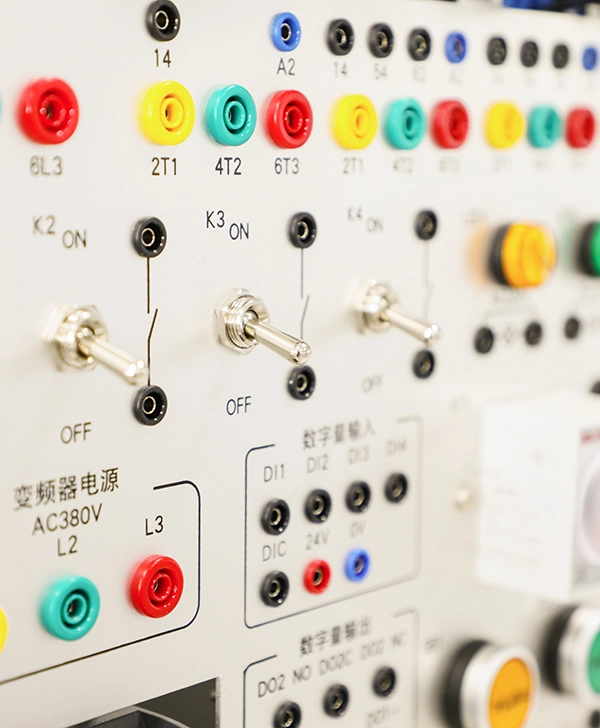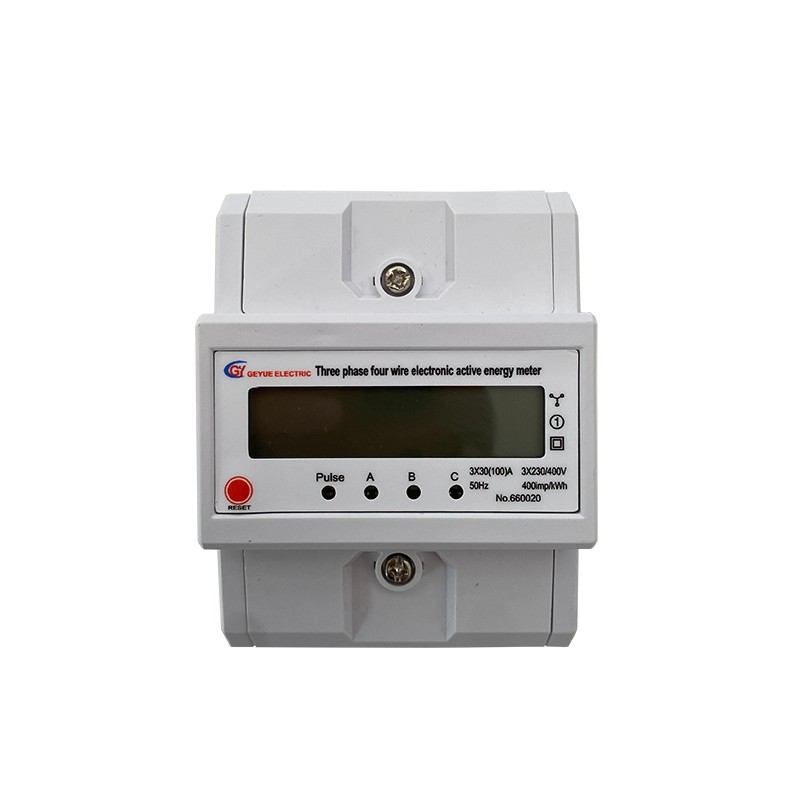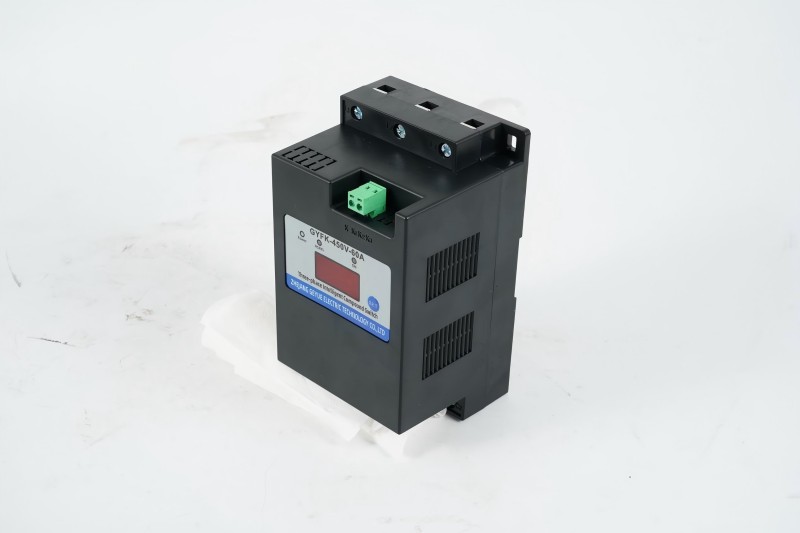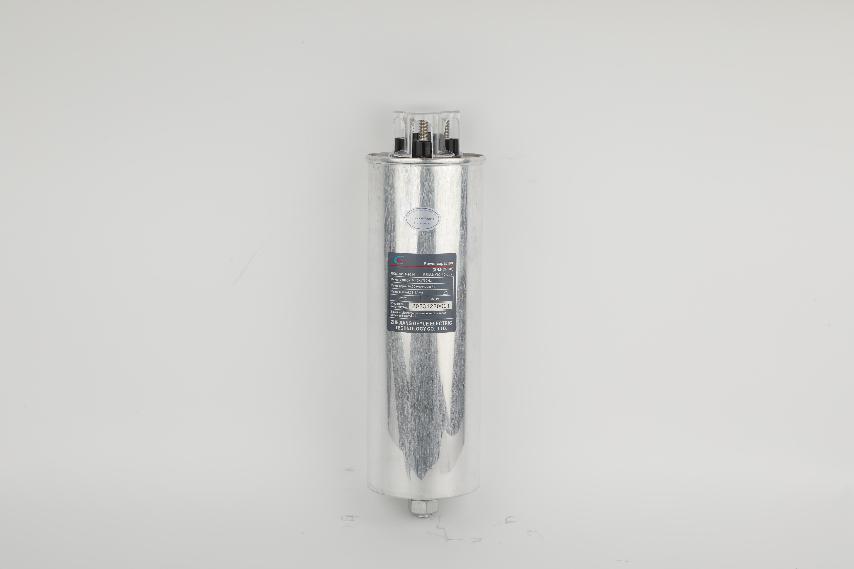Why do Power Capacitors Keep Short-Circuiting? A Must-Read Guide for Electricians Troubleshooting Common Compensation Cabinet Faults.
Introduction
Capacitor failure is the most common equipment problem during the operation of reactive power compensation systems. Frequent capacitor burnout not only increases maintenance costs but can also lead to more serious equipment failures. According to industry statistics, approximately 60% of compensation system failures are directly related to capacitors. This article will systematically analyze common capacitor failure symptoms from a practical application perspective, deeply analyze the causes, and provide detailed troubleshooting methods and solutions to help maintenance personnel quickly and accurately resolve problems.
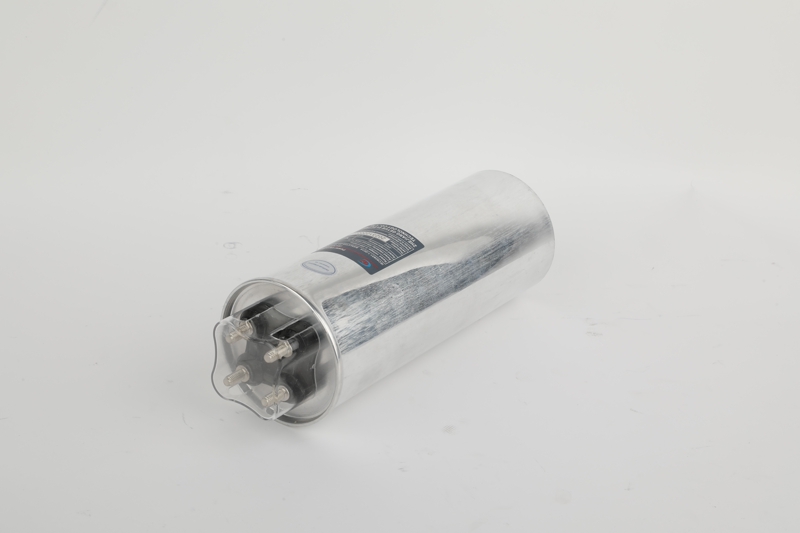
Analysis of Capacitor Bulging and Deformation Failures
Capacitor bulging is one of the most common fault symptoms. Main causes of bulging include long-term overvoltage operation, excessively high ambient temperatures, excessive harmonic currents, and dielectric aging. When gas is generated inside the power capacitor, the outer casing gradually expands and deforms. When troubleshooting, first measure the system voltage to confirm whether it exceeds 10% of the capacitor's rated voltage. Check the ventilation in the installation environment to ensure that the ambient air temperature does not exceed 45°C. Use a power quality analyzer to monitor harmonic content, paying particular attention to whether the third, fifth, and seventh harmonics exceed the specified standard. Capacitors that have bulged must be replaced immediately, and the root cause of the bulging must be investigated.
Diagnosis and Treatment of Oil Leakage
Oil leakage primarily occurs in oil-immersed capacitors. Common causes include seal aging, casing corrosion, overheating, and mechanical damage during transportation and installation. If an oil leak is detected, the equipment should be shut down immediately and the leak location and severity inspected. Minor oil leakage can be treated by cleaning the surface and observing. If the leak persists, replacement is necessary. Severe oil leakage requires immediate replacement of the power capacitor and the removal of oil contamination to prevent insulation failure. To prevent oil leakage, regular seal checks, mechanical impact prevention, and temperature control are essential.
In-depth Troubleshooting of Frequent Burnout
Frequent capacitor burnout is often the result of a combination of factors. First, check the system voltage fluctuation to ensure it does not exceed 10% of the capacitor's rated voltage. Measure the three-phase voltage balance; the imbalance should be within 2%. Use a power quality analyzer to monitor the harmonic content; the total harmonic distortion should not exceed 4%. Check the parameters of the reactor supporting the power capacitor and ensure the reactance ratio is appropriately selected. Check whether the switching switches are functioning properly and whether there is contact erosion. Check the protection device settings for correct values and fuse specifications.
Overtemperature Protection Troubleshooting
Capacitor overtemperature protection triggering indicates that the internal temperature has exceeded the safety limit. Main causes include excessively high ambient temperature, poor ventilation, excessive harmonic currents, insufficient phase-to-phase distance, and capacitor aging. When troubleshooting, first measure the ambient temperature and check whether the cabinet vents are blocked. Measure the capacitor case temperature; it should generally not exceed 65°C. Check the installation spacing; ensure sufficient heat dissipation space between capacitors. Check for harmonic currents, especially the third harmonic, which can easily cause overheating. For power capacitor that frequently overheat, consider increasing ventilation or reducing the load factor.
Controller Failure Troubleshooting
Controller failure can cause the entire compensation system to malfunction. Common problems include display abnormalities, control failure, and inaccurate data. First, check the power supply voltage and input signal accuracy. Check the sampling CT wiring and the ratio settings for accuracy. Verify the parameter settings, especially the capacitor capacity and switching delay settings. Check the reliability of communication connections and proper grounding. For older controllers, also check for corrosion on relay contacts. Regularly calibrate the controller to ensure measurement and control accuracy.
Comprehensive Solutions and Preventive Measures
For common faults, we recommend a systematic approach. For harmonic issues, install tuned reactors with appropriate reactance to suppress harmonic currents. For voltage fluctuations, install voltage stabilizers or adjust transformer taps. Improve ventilation systems to ensure proper heat dissipation. Establish a regular inspection system, checking capacitor appearance, temperature, current, and other parameters monthly. Establish a preventive testing system, conducting annual capacitance measurement, insulation resistance testing, and other tests. Select high-quality capacitors to ensure equipment reliability.
Maintenance Management Recommendations
A comprehensive maintenance management system can effectively reduce the occurrence of faults. Establish equipment records, recording the commissioning time, fault history, and test data of each power capacitor. Develop a detailed inspection plan, including daily inspections, monthly checks, and annual maintenance. Equip necessary testing equipment, such as infrared thermal imagers and power quality analyzers. Strengthen personnel training to improve fault identification and handling capabilities. Establish a spare parts inventory to ensure timely replacement in the event of a fault. Maintain contact with equipment suppliers for technical support and service.
Conclusion
Capacitor troubleshooting requires a systematic approach. Scientific fault analysis, accurate parameter measurement, and appropriate solutions can effectively resolve compensation system issues. It is recommended to establish a comprehensive maintenance system to prevent and reduce the occurrence of faults. Select reliable products and a professional service team to ensure long-term, stable system operation. Please contact our technical support team for detailed troubleshooting guidance and solutions.
- What Exactly is the Boundary Between Static Compensation and Dynamic Compensation in the field of low-voltage reactive power compensation?
- Can Cylinder Self-healing Shunt Capacitor Become the Ideal Choice for Reactive Power Compensation in Power Systems?
- Can Three Phase Intelligent Low Voltage Compound Switch Achieve Technological Innovation in Reactive Power Compensation of Power Systems?
- Can AC contactors become key actuators in industrial automation control?
- Can Self-healing Shunt Capacitor Become a Key Support for Smart Grid Construction?
- How Can Multifunctional Meter Lead a New Revolution in Energy Management?

